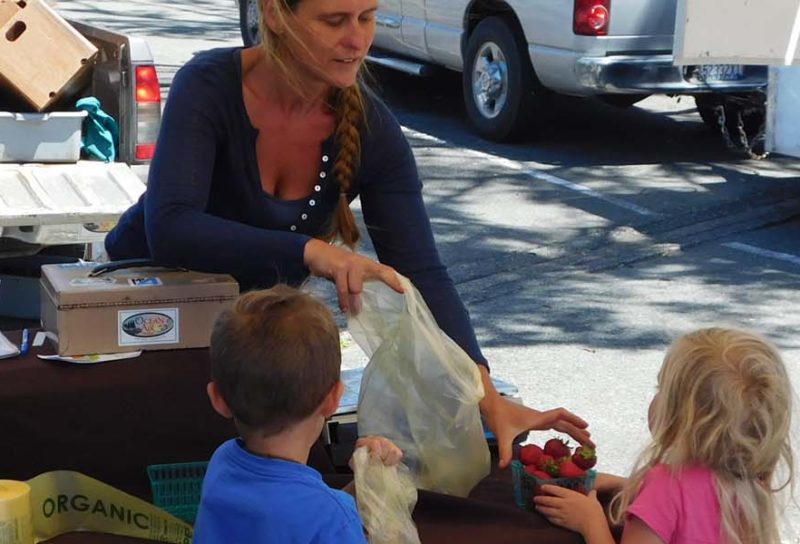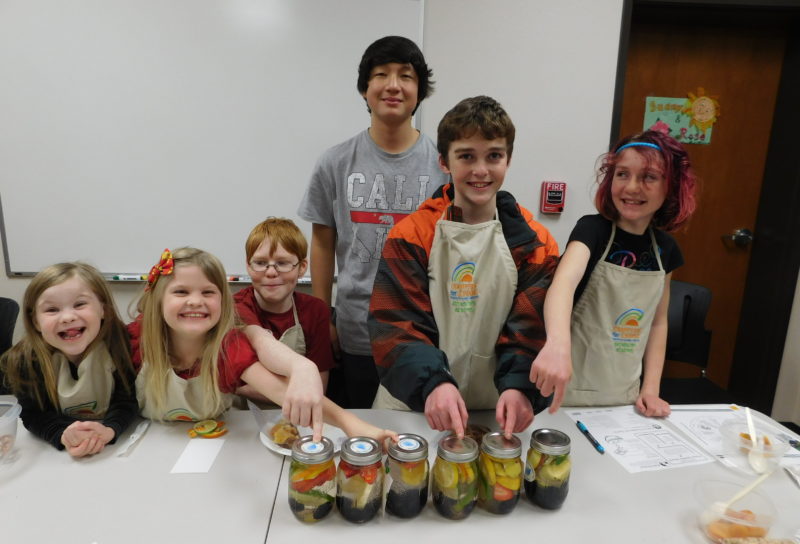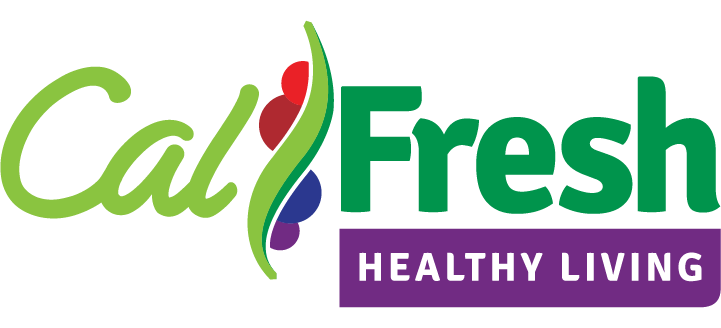
Adopting healthy eating habits early in life can help kids prefer nutritious foods over junk food, and could also prevent your child from adverse weight gain and related health conditions.

Why Should Kids Eat Fruits and Vegetables and Be Active Every Day?
Eating fruits and vegetables and being physically active are simple ways to make your family healthier. These healthy habits can help your kids:
- Concentrate and do better in school
- Feel good about themselves
- Grow and develop strong bodies
- Lower their future risk of diseases like obesity, type 2 diabetes, heart disease, and certain type of cancer
Healthy Kids
Get your copy of healthy kidsHelping kids grow healthy and strong
Help your child learn to eat well and be active. Let your child choose what to eat. Parents put meals and snacks on the table that include food from the food groups. Sit with your child and eat from the foods you offer everyone. They learn from watching you eat. Children will decide what to eat and how much from what you offer.

Early Care and Education
Calfresh Healthy Living recognizes the importance of focusing on preschool age group as part of nutrition education and obesity prevention efforts. Early childhood is an important time to help establish healthy habits and to expose children to a variety of healthy foods. Education can also be focused on parents and other adult caregivers (such as childcare providers, pre-school teachers, aides, afterschool program leads, etc.). Del Norte CalFresh Healthy Living have been working with the partners in Early Childhood settings; Head Start sites, State Preschools, WIC, First 5, Family Resource Center of the Redwoods, and Child Care Council by providing evidence-based nutrition education and physical activity promotion and opportunities directly or through train the trainer models to the preschool aged children and families, child care providers and educators.
Del Norte CalFresh Healthy Living supports developing of healthy and active early care and education environments. This includes aspects such as serving and promoting healthy foods and beverages, implementing healthy celebrations and meetings, and providing multiple opportunities for daily physical activity—all supported by healthy site policies and systems. According to the CDC, implementing wellness policies and training caregivers in best practices for physical activity and nutrition can promote healthy weight for young children in child care settings. Therefore, all ECE programs should have customized physical activity and nutrition templates that include the centers’ physical activity and nutrition practices. Once adopted, make the template easily accessible and available for everyone.
Early Care and Education Physical Activity and Nutrition Policy and Templates: The Early Care and Education Physical Activity and Nutrition Policy and Templates are customizable and child care providers can use the templates in their entirety or can adapt, and/or adopt portions of the templates as desired.
Early Care and Education Physical Activity Toolkit for Preschool-Aged Children: The Early Care and Education Physical Activity Toolkit for Preschool-Aged Children provides practical tools, including easy-to-use activities, skill cards, and planning suggestions for use with young children ages 3 to 5 years old.
